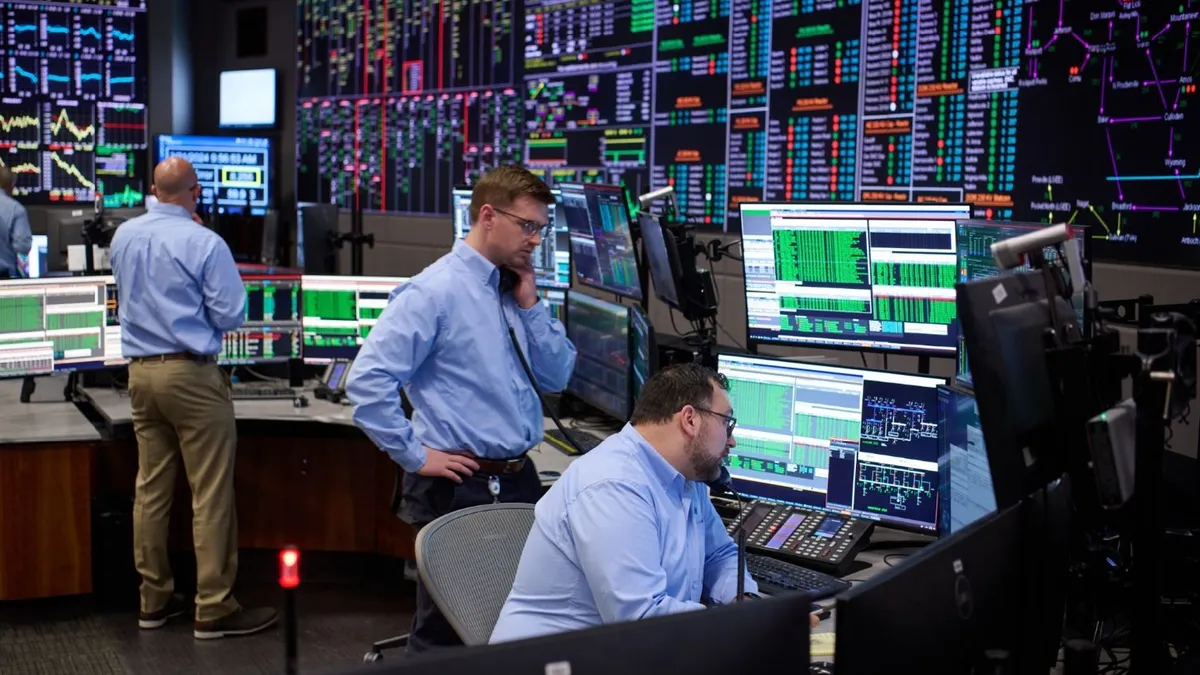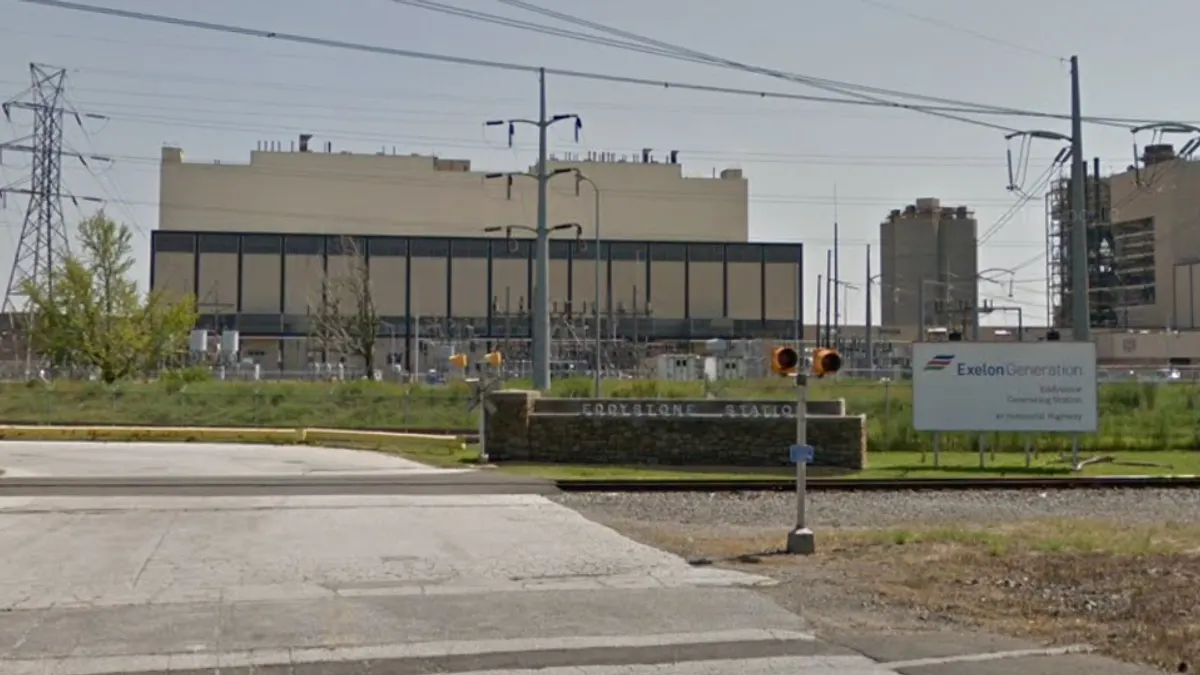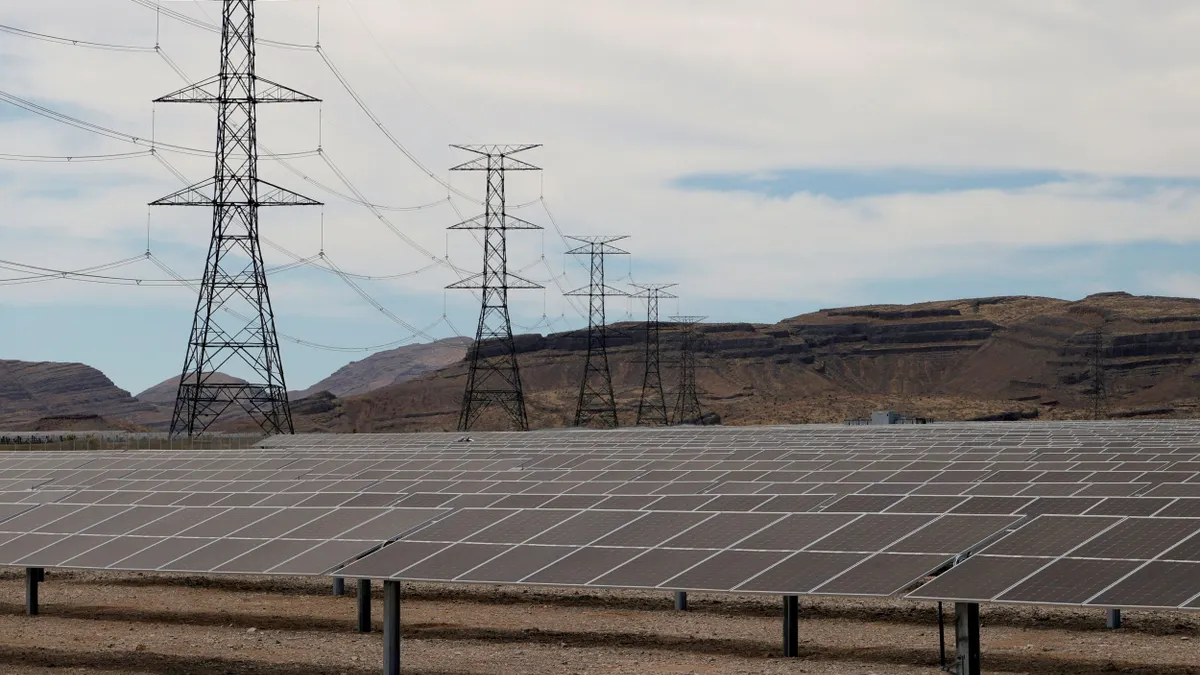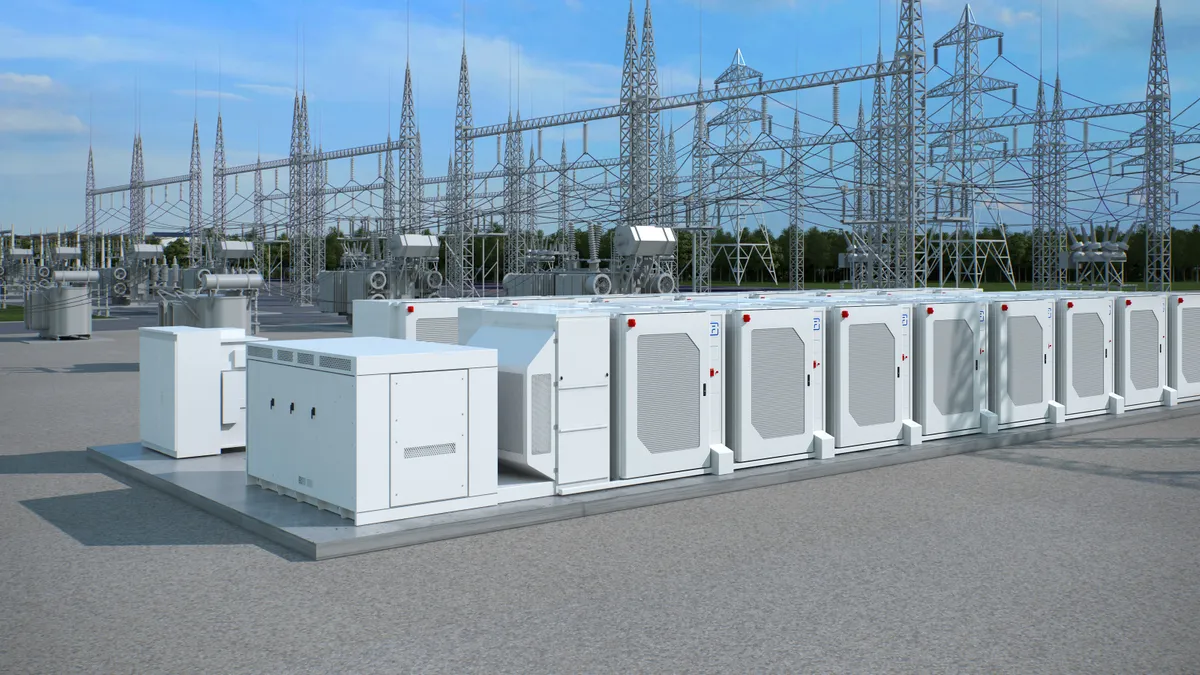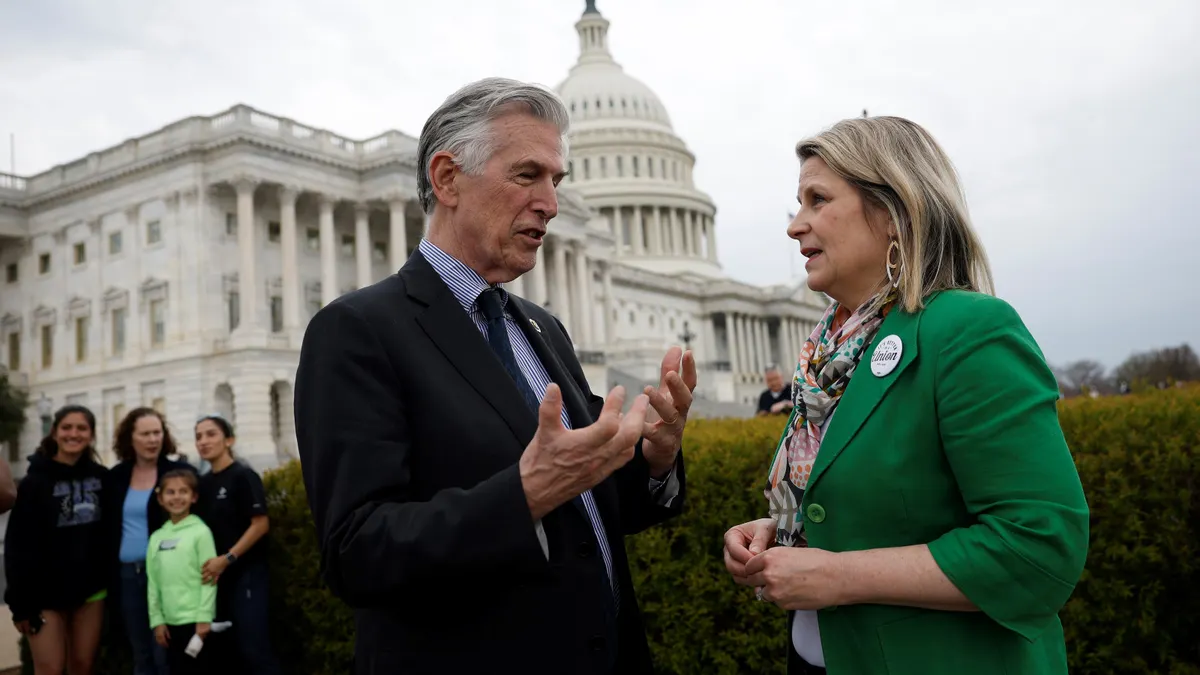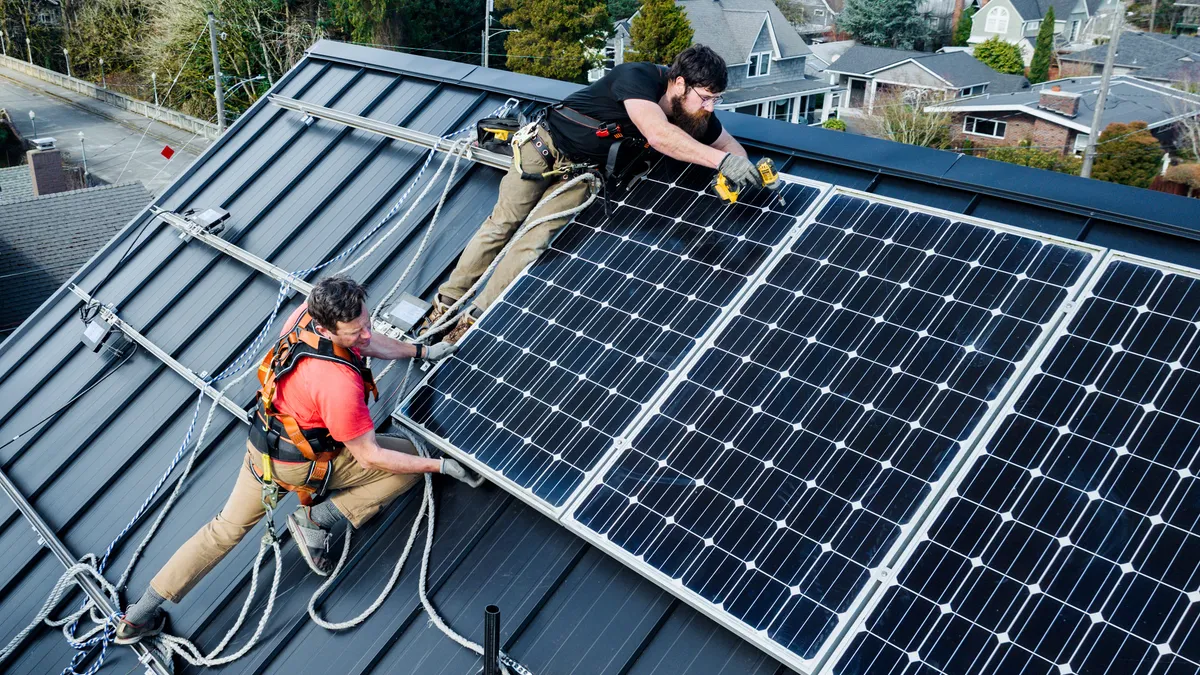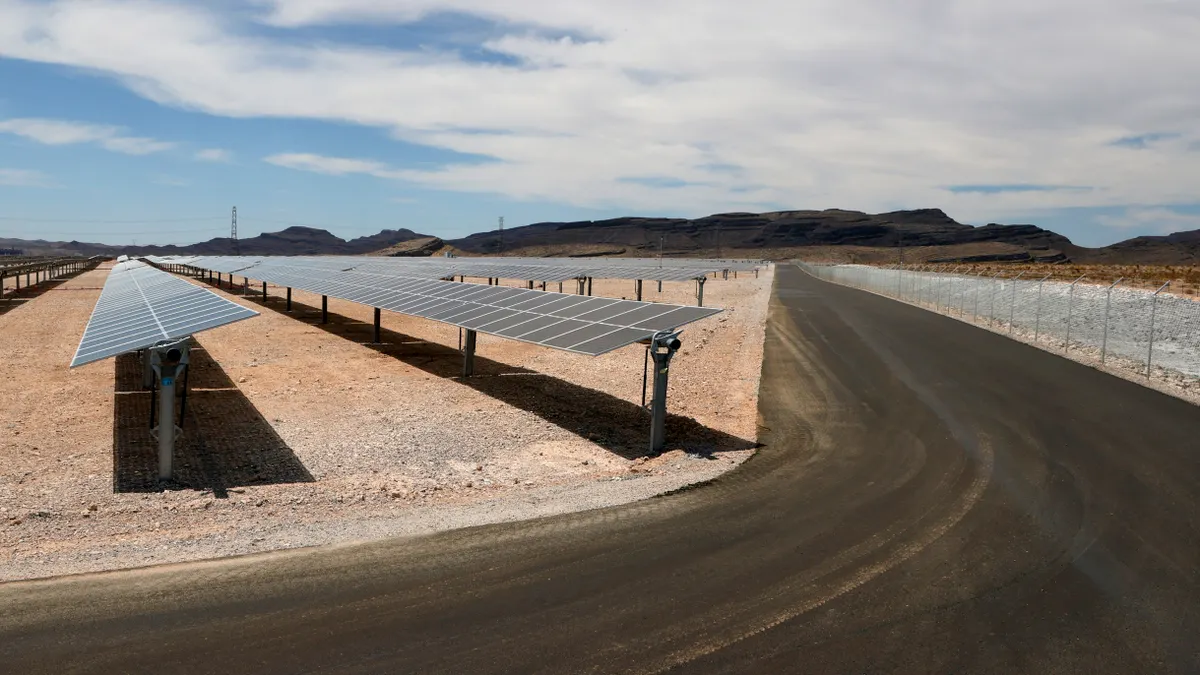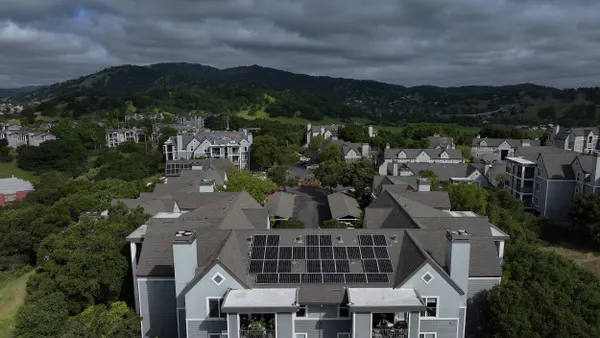The following is a Viewpoint from Winston Vaughan, Senior Manager for Renewable Energy at Ceres
2018 was a difficult year to find good news when it comes to climate change. The dire predictions announced by climate scientists in report after report played out in real time as we witnessed unprecedented wildfires and storms devastating communities.
As scientists issued a clarion warning that avoiding catastrophic climate impacts requires slashing carbon pollution within the next decade, President Trump remained determined to move in the opposite direction. His ongoing efforts include rolling back policies that would reduce carbon emissions, imposing tariffs on solar panels, and threatening to cut subsidies for clean energy. Globally, in a reversal of recent slowing trends, carbon emissions hit an all-time high.
Yet behind the scenes, a seismic shift is quietly taking place, a shift that might hold the key to our future. Clean energy is not only weathering these storms, it is thriving.
While the Trump Administration prepares to exit the Paris Climate Agreement, across the country, the "We Are Still In" coalition — more than 3,600 cities, states, companies, colleges and universities, faith communities and other institutions across the U.S., collectively representing 154 million people and $9.46 trillion in GDP — have publicly committed to the Paris Agreement, and they’re backing up that commitment with action.
Last year, U.S. companies signed contracts for more than 6,400 megawatts of renewable energy, an all-time record and more than double the amount companies purchased the year before. Once dominated by silicon valley tech companies (including Facebook, whose 22 deals in 2018 accounted for more clean power than all corporate buyers combined in 2016), last year's list of corporate renewable energy buyers represented a growing diversity of industries and geographies. New buyers in 2018 included:
- Lowe's, the North Carolina-based home improvement superstore chain
- Kohler, the Wisconsin-based plumbing fixture manufacturer
- Brown Forman, the nearly 150-year-old Kentucky-based maker of Jack Daniels Whiskey
- J. M. Smucker, the Ohio-based jam company
Even Exxon, the multinational oil and gas giant, signed a major deal for wind and solar energy to power its facilities in Texas. While the climate benefits of using low-cost wind energy to power oil and gas extraction pale in comparison to the negative climate impacts of ongoing extraction, processing and burning of those fossil fuels, such a move by an oil giant shows just how strong the business case for clean energy has become.
In other sectors, entire industries are moving. In telecom, where electricity consumption accounts for a large share of the industry's carbon emissions, renewable energy is quickly becoming the norm.
T-Mobile led the way with its commitment to 100% renewable energy (and a highly publicized call-out of its competitors). The much larger AT&T followed suit by signing several deals worth approximately 1,000 megawatts of power in 2018 — enough to make it the second largest corporate renewable energy buyer this year, across all sectors. And Verizon, the largest of the three telecoms, recently committed to 50% renewables by 2025, well shy of T-Mobile's 100% commitment but exceeding AT&T’s 20%.
Elsewhere in telecom, Comcast has announced that it is working towards 100% renewable energy, even as it has yet to commit to a timeline for achieving that goal. In short order, much of America's vast communications infrastructure will be running on renewable energy.
It's not just the need for climate leadership to fill the void left by the federal government that is powering this clean energy boom. More than anything, clean energy just makes good economic sense. According to financial advisory and asset management company Lazard's "Levelized Cost of Energy and Levelized Cost of Storage 2018" analysis, utility-scale wind has dropped in cost by 69% over the last 9 years, and utility-scale solar has dropped by 88% in that same time period. As a result, the cost of electricity from both wind and solar is now "at or below the marginal cost of conventional generation." Put more simply, clean energy is now cheaper than the dirty stuff.
It’s important to note that these trends, while positive and encouraging, do not make up for the federal government’s backpedaling on climate. The scale of the challenges ahead requires a global response, and that must eventually include the U.S. Government. But as these trends continue, cheap renewable energy gives us a powerful and enduring tool for driving substantial reductions in carbon emissions.
Building on the foundation of these ever-more-favorable clean energy economics and the resulting increases in corporate clean energy uptake, I see three main factors coming together that suggest this new year has the potential to be a game changer.
The first is that climate science, and the reality on the ground, have become clear enough to spur widespread recognition of the urgent need to reduce emissions. Last year’s storms, droughts and fires in the U.S. alone made it clear that climate change is already imposing very real costs on communities, businesses and our financial system. The call for action is starting to grow louder and more urgent.
The second is that the trends toward lower clean energy prices are irreversible. Tariffs and tax policy can have an impact but they can’t change the fact that the wind and sun that power renewable energy, unlike coal or gas, have no variable fuel costs. As renewable energy technologies continue to improve and the industry continues to scale up, renewables will inevitably win out in every marketplace. The only question is whether that will happen fast enough, together with other elements of the transition to a low-carbon economy, to avoid the worst impacts of climate change.
Lastly, but perhaps most importantly in the short run, 2019 is the final year before tax credits for wind and solar begin to ramp down. While the ongoing decline in costs is expected to ensure that renewables will remain competitive even after those tax incentives go away, the impending phase-out of the tax credits is likely to create a sense of urgency to get more big clean energy deals done. In 2019, the question many companies will be asking is "how much will it cost us if we can't get our renewable energy deal done this year?"
So despite the dire climate science and challenging climate politics, private sector leadership and the resilience of the clean energy industry provide good reasons to be encouraged as we look forward to the new year ahead. Together, they have given us the tools we need to make 2019 a turning point in the transition from the fossil age to the clean energy age.



